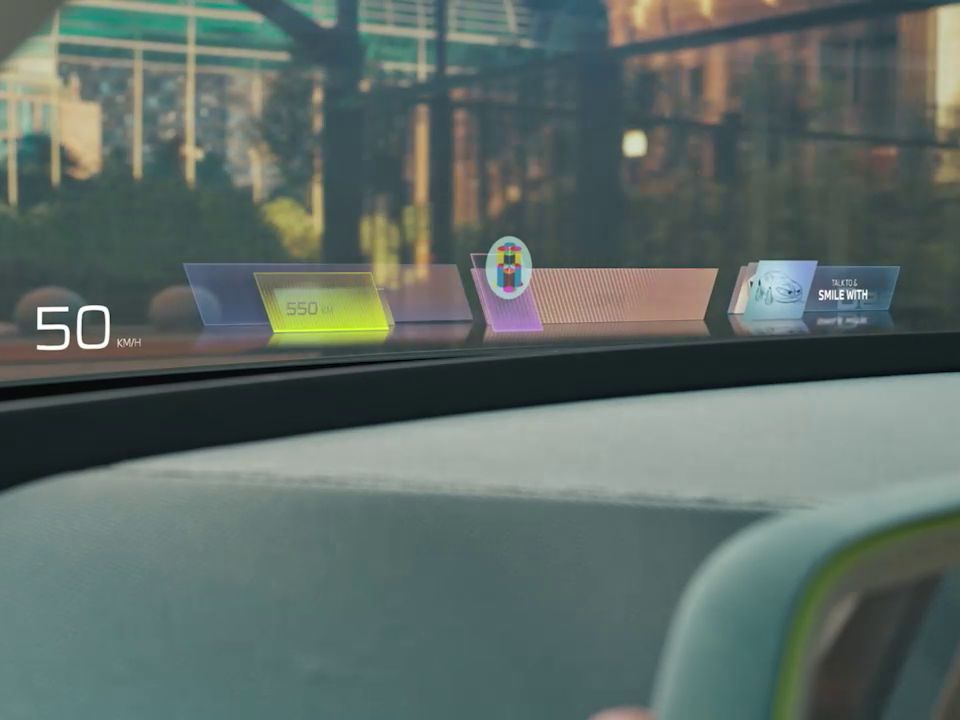Why integrated Camera Monitoring Systems are the new standard for protecting passengers, drivers and vulnerable road users.
Buses are the backbone of urban mobility, carrying millions of passengers daily through increasingly complex city environments. But the rise of micro mobility, including cyclists, e-bikes, scooters and pedestrians, has transformed the way buses interact with their surroundings. Today, the biggest challenge for public transport fleets is no longer just efficiency. It is safety.
In dense urban areas, blind spots remain one of the leading causes of collisions between buses and vulnerable road users (VRUs). Intersections, bus stops and crowded lanes often create critical moments where a pedestrian or cyclist may go unnoticed until it is too late. According to the European Commission, more than half of all cyclist fatalities occur in urban areas, highlighting the urgency of addressing these risks. In New York City, Metropolitan Transportation Authority (MTA) buses were involved in 35 collisions with e-bikes or e-scooters in 2022, up from 27 in 2021, demonstrating that micro-mobility increases exposure to incidents. Similarly, pedestrian injuries involving buses and vans alongside micro-mobility sources numbered over 220 per year, emphasizing the growing challenge for fleet safety.
Why BSIS and MOIS Are Game Changers for Bus Fleet Safety
To address these dangers, the EU General Safety Regulation (2019/2144) mandates two essential systems:
- Blind Spot Information System (BSIS, UNECE R151) alerts drivers to cyclists and other road users in the near side blind spot.
- Moving Off Information System (MOIS, UNECE R159) warns of pedestrians and cyclists directly in front of the vehicle during low-speed maneuvers.
These technologies are not optional add-ons. They are quickly becoming the baseline for bus fleet safety. By proactively detecting what drivers cannot see, BSIS and MOIS directly address the deadliest blind spots in everyday bus operation.
But regulatory compliance is only the starting point. The real opportunity lies in integrating BSIS and MOIS into a broader Advanced Driver Assistance System (ADAS) that supports drivers, passengers, and operators.
From Mirrors to Smart-Vision CMS: Redefining Driver Awareness
Traditional side mirrors were never designed for today’s urban complexity. They are bulky, prone to vibration, and leave dangerous gaps in coverage.
Gauzy’s Smart-Vision® Camera Monitoring System (CMS) replaces mirrors with high-definition cameras and in-cab displays, delivering a wider, clearer, and more stable field of vision in all weather conditions. Its HDR cameras with sealed and heated housings ensure reliability in rain, fog, or snow.
Smart-Vision integrates BSIS and MOIS directly into its interface through two dedicated systems: SafetySide and SafetyFront. Drivers receive real-time alerts exactly where they are already looking, ensuring intuitive support without added distraction.
- SafetySide (BSIS) detects cyclists in the near side blind spot and issues immediate alerts.
- SafetyFront (MOIS) monitors the space in front of the bus when stationary or starting off, warning of pedestrians and cyclists in time to prevent collisions.
This integration is key. It reduces distraction, improves reaction times, and helps drivers make safer decisions in the most critical moments, such as starting off, turning, or navigating dense traffic.
ADAS: From Compliance to Intelligent Awareness
Beyond regulatory compliance, Gauzy’s Smart-Vision CMS adds the intelligence of ADAS, providing actionable insights and predictive support for urban bus fleets:
- Predictive overlays and adaptive maneuver lines help drivers execute safer turns and parking maneuvers.
- AI-powered detection of vulnerable road users delivers early alerts, even in complex traffic scenarios.
- Telematics and recording functions allow fleet operators to monitor incidents, ensure compliance, and enhance driver training programs.
- Enhanced visibility in all weather and lighting conditions ensures critical areas are always observable.
Even moderate improvements in visibility have been shown to significantly reduce collision risk, making ADAS and CMS integration a measurable operational advantage.
Product Specifications and Capabilities
- High-definition, wide-angle cameras with HDR and weatherproof design
- In-cab displays replacing traditional mirrors
- Integration of BSIS and MOIS alerts into a single intuitive interface
- Predictive maneuver lines for tighter turns and urban navigation
- AI analytics and telematics for fleet monitoring and incident review
These features combine to give fleet operators actionable situational awareness, reducing incidents while improving driver confidence and passenger safety.
A Strategic Advantage for Fleet Operators and Cities
For operators and municipalities, Smart-Vision CMS provides:
- Fewer collisions and reduced liability, lowering insurance and operational costs
- Greater driver confidence and retention, thanks to intuitive and non-intrusive support tools
- Enhanced passenger and road user protection, building public trust in transit systems
- Support for Vision Zero initiatives, contributing to city-wide traffic safety goals
As cities grow denser and mobility becomes more diverse, adopting integrated ADAS and CMS technology is no longer optional. It is a strategic investment in safer, more sustainable urban transport.
The Road Ahead
Urban mobility is evolving rapidly, and bus fleets must evolve with it. Gauzy’s Smart-Vision CMS redefines what it means to see the road by integrating BSIS, MOIS, and ADAS into a single, driver-friendly platform that meets today’s regulations and prepares fleets for tomorrow’s challenges.
Explore Gauzy’s advanced safety technology solutions and discover how Smart-Vision CMS can protect your drivers, passengers, and the vulnerable road users who share the road.




